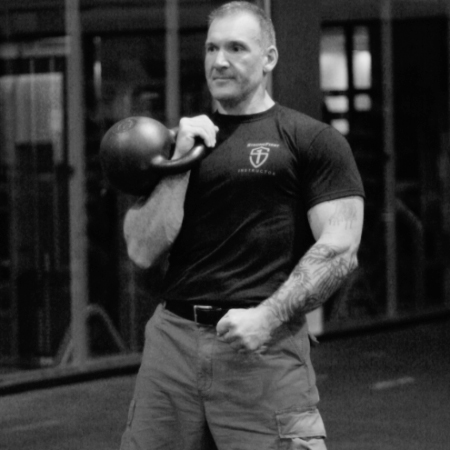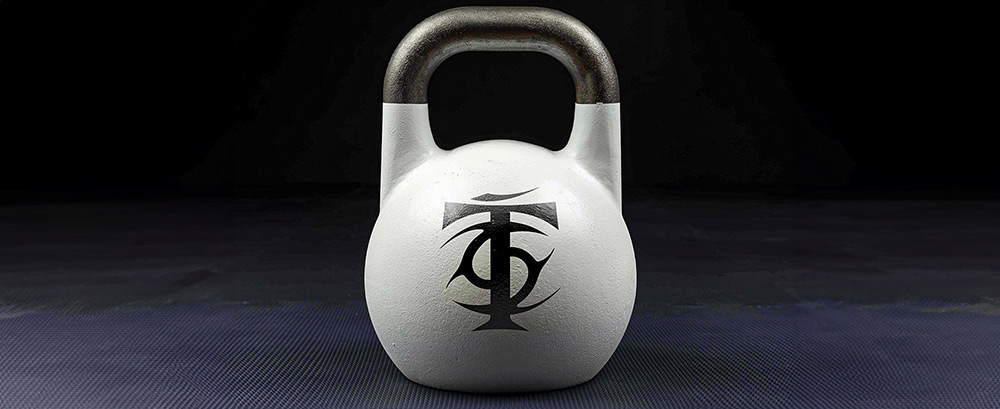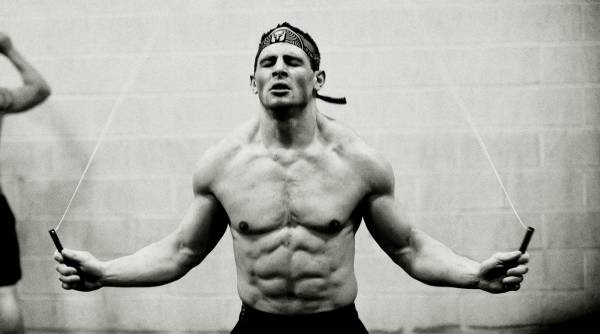Rob1993
Level 2 Valued Member
Hello fellow forum members,
I had a question regarding the two-handed kettlebell swings.
For my kickboxing, I adopted the two-handed kettlebell swings as my main source for ''external'' cardio since I'm too heavy to run for my joints and I don't really have space at home to jump rope. I found the two-handed kettlebell swings to be an excellent alternative.
The only problem that I have is that when I use my 40 kg kettlebell, I of course can't make long repetitions (I follow the 10x10 system). But my god is it amazing for overall strength, especially my grip-strength went through the roof (although I don't really need that for kickboxing but it's still fun).
So my question is: What kettlebell weight should I look for if I want to incorporate more of a steady state cardio workout? Almost as if you're ''jumping rope'' but with a kettlebell, if that makes sense.
Now of course, I'll keep using my 40 kg one since I think it's awesome, but I feel it's better for overall body strength.
Thanks in advance!
Kind regards,
Robbert.
I had a question regarding the two-handed kettlebell swings.
For my kickboxing, I adopted the two-handed kettlebell swings as my main source for ''external'' cardio since I'm too heavy to run for my joints and I don't really have space at home to jump rope. I found the two-handed kettlebell swings to be an excellent alternative.
The only problem that I have is that when I use my 40 kg kettlebell, I of course can't make long repetitions (I follow the 10x10 system). But my god is it amazing for overall strength, especially my grip-strength went through the roof (although I don't really need that for kickboxing but it's still fun).
So my question is: What kettlebell weight should I look for if I want to incorporate more of a steady state cardio workout? Almost as if you're ''jumping rope'' but with a kettlebell, if that makes sense.
Now of course, I'll keep using my 40 kg one since I think it's awesome, but I feel it's better for overall body strength.
Thanks in advance!
Kind regards,
Robbert.








